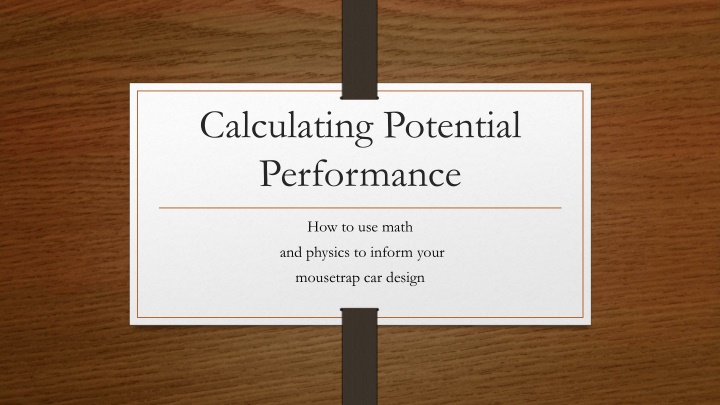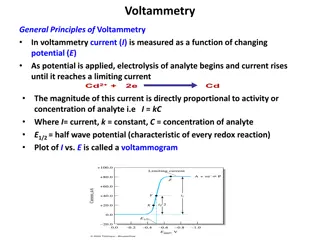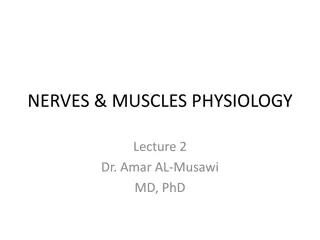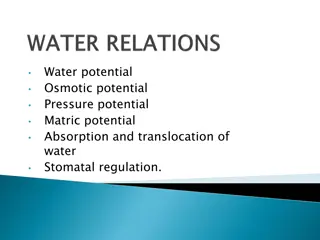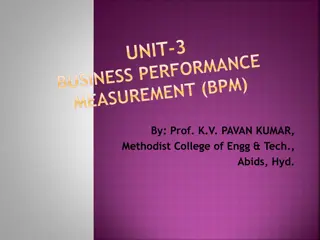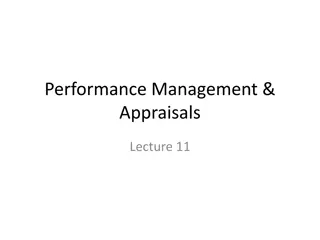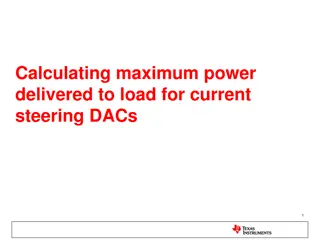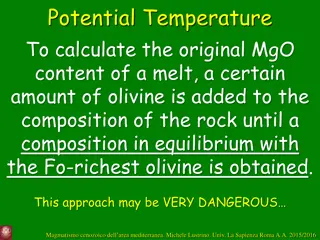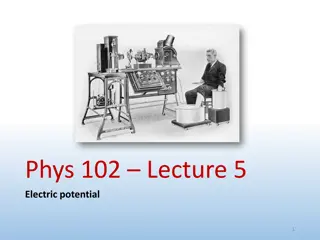Calculating Potential Performance
In the realm of mousetrap car design, the application of mathematical and physical principles is paramount. By understanding the concepts, such as potential energy, and employing calculations, one can optimize performance. This comprehensive guide delves into the intricate relationship between math, physics, and mousetrap car design, providing insights that can elevate your engineering endeavors. Explore how these disciplines can inform your design decisions and propel your creations to new levels of efficiency and innovation.
Download Presentation

Please find below an Image/Link to download the presentation.
The content on the website is provided AS IS for your information and personal use only. It may not be sold, licensed, or shared on other websites without obtaining consent from the author.If you encounter any issues during the download, it is possible that the publisher has removed the file from their server.
You are allowed to download the files provided on this website for personal or commercial use, subject to the condition that they are used lawfully. All files are the property of their respective owners.
The content on the website is provided AS IS for your information and personal use only. It may not be sold, licensed, or shared on other websites without obtaining consent from the author.
E N D
Presentation Transcript
Calculating Potential Performance How to use math and physics to inform your mousetrap car design
Engineering Calculations Math and Physics are the backbone of mechanical engineering Doing calculations before hand can; Inform design decisions Help to optimize parameters Save time and money during prototyping
Alignment Short-distance Speed Car 1. tan( ) = 5m / 5m 2. = arctan (5/5) 3. = arctan(1) 4. = 45 Long-Distance Endurance Car 1. tan( ) = 5m / 100m 2. = arctan (5/100) 3. = arctan(0.05) 4. = 2.86 5 5 5 100
String Length 1. Pulling Distance = Number of Turns x 2 rwheel 2. Number of Turns = Length of String / 2 raxle 3. Pulling Distance = Length of String x rwheel /raxle String for a Car w/ Goal of 5m 1. Pulling Distance = Length of String x rwheel /raxle 2. 5m = Length of String x 0.025m / 0.005 m 3. 5m = Length of String x 5 4. 5/5 = Length of String 5. 1m = Length of String String for a Car w/ Goal of 100m 1. Pulling Distance = Length of String x rwheel /raxle 2. 100m = Length of String x 0.025m / 0.005m 3. 100m = Length of String x 5 4. 100/5 = Length of String 5. 20m = Length of String
Wheel Radius 1. xf = xo + vot + at 2 2. 5m = a (2)2 3. 5 = 2 a 4. 5/2 = a 5. 2.5 = a 1. a = rwheel 2. a / rwheel = So, angular acceleration can be increased or decreased according to the size of your wheel; a / Large rwheel = Small a / Small rwheel = Large
Potential and Kinetic Energy The amount of Kinetic Energy (K) that an object is capable of exerting is the same as the amount of Potential Energy (U) stored in that object. So if all of the mousetrap s U is converted into K, K = 17.3 J 1. U = k 2 2. U = (3.5) ( ) 2 3. U = 17.3 J
Inertia K = I 2 17.3J x 2 = I 2 34.6 = I 2 34.6 / I = 2 (34.6 / I) = So, the lower your wheel s inertia, the higher its angular velocity. (34.6 / Low I) = High (34.6 / High I) = Low
